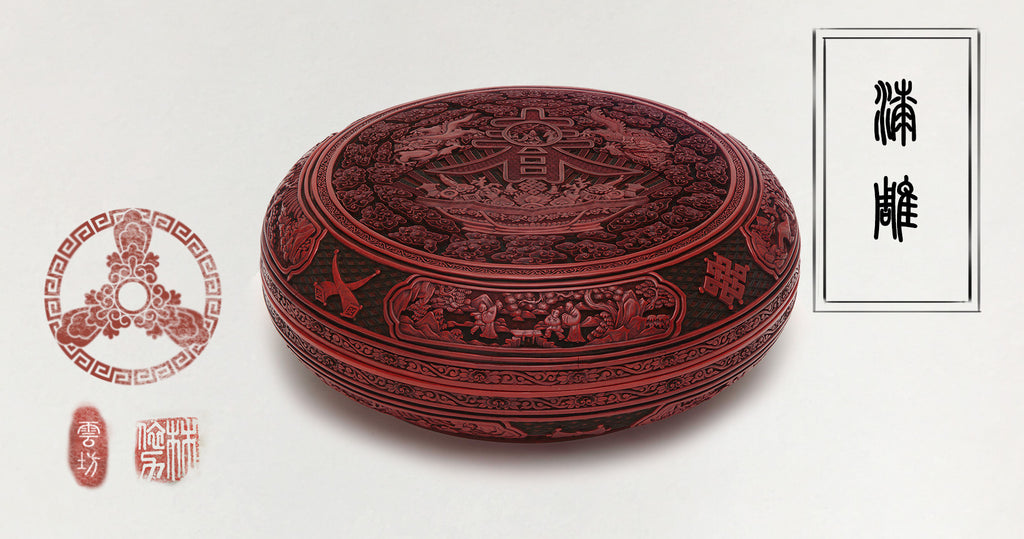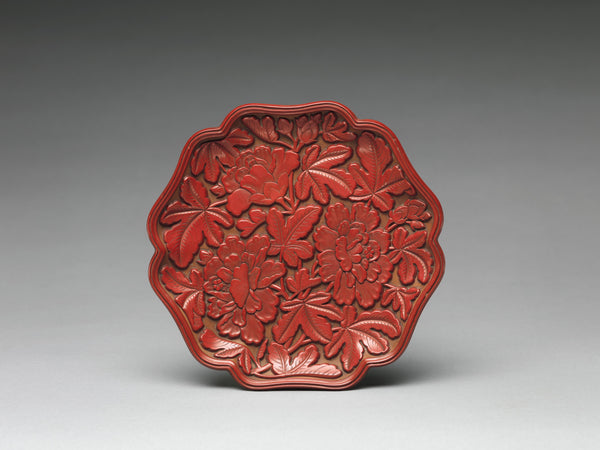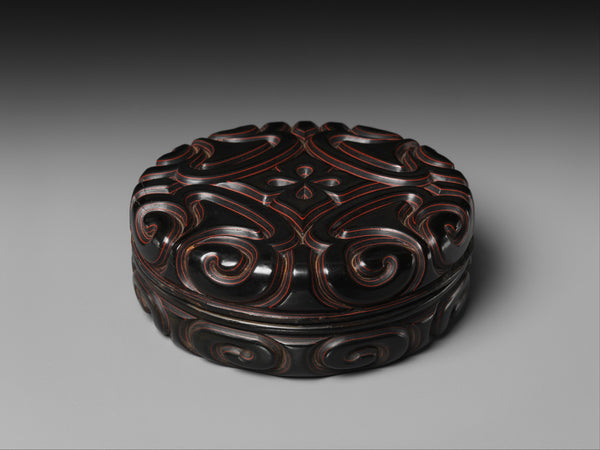8% off orders over $100, 15% off orders over $150, 20% off orders over $300.
Menu
-
- Specials
-
Types
-
Symbols
- Auspicious Cloud | Heaven
- Lotus | Purity & Elevation
- Phoenix | Rebirth and Fidelity
- The Nine | Eternity and Completeness
- Bamboo | Strength and Resilience
- Ruyi | Wish Fulfillment
- Moon | Mystery & Elegance
- Herbal Locket | Hidden Protection
- Tassel | Elegant Charm
- Butterfly and Flower | Love
- Plum Blossom | Endurance and Resilience
- Chinese Knot | Harmony, Tradition, Legacy
- Pumpkin | Prosperity & Abundance
- Pipa | Celestial Music
- Hulu Gourd | Protection and Prosperity
- Fish | Prosperity
-
Collections
- Atlantis
- Revive Your Inner Kingdom
- Auspicious Origin
- Auspicious Flower
- Udumbara Flower
- Return to Origin
- Celestial Cloud
- Elf Forest
- Gold Lotus
- Serene Lotus
- Pearl Elegance
- Radiance
- Metropolis Hermit
- The Nine
- Moon Goddess
- Tassel Elegance
- Chic Velvet Choker
- The Cloud
- Lotus Leaf
- Realm of Peace
- Four Season
-
Craftsmanship
-
Gemstones
- Pearl | Purity and Wisdom
- Jade | Stone of Heaven
- Turquoise | Protection and Healing
- Tridacna | Realm of Peace
- Lapis | Truth and Enlightenment
- Rose Quartz|Love, Healing, Compassion
- Amethyst | Clarity and Tranquility
- Amber | Vitality and Protection
- Carnelian | Courage and Vitality
- Coral | Protection and Prosperity
- Tourmaline | Energy and Balance
- Crystal | Healing and Clarity
-
Birthstone
-
Style
-
Price
-
- Jewelry Set
- Necklaces
- Earrings
- Bracelets
- Hair Jewelry
- Glasses Chains
- Rings
- Anklets
- Ornaments
- Login
-
English

8% off orders over $100, 15% off orders over $150, 20% off orders over $300.
Chinese Lacquer Work: From Poison Comes Beauty
April 05, 2016 3 min read

At the intersection of painting, woodworking, and sculpture lies the art of Chinese lacquer.
There are two major types seen in Chinese art: flat and inlay lacquer, and lacquer carving, and the process for both types begins in the same way. Both were in use as early as the late Neolithic period.
Let us begin at the source.

Into the Forest
True lacquer comes from the Toxicodendron vernicifluum or Eastern Poison Oak, which grows in the hot and humid southern areas of Asia. It is as toxic as it sounds. Its raw sap contains urushiol, the same stuff that gives poison ivy its bite. After a lengthy, exacting, and laborious process, however, lacquer can make objects smooth, lustrous, water- and insect-proof.
I spoke to Lu Guanjhung, a lacquer artist in Taoyuan, Taiwan. As he explained his work, I found myself reeling from the sheer impossibility of this art form. Most of it depends on nature, weather, and chance. The tiny portion that could be determined by human will requires utmost control—one mistake would render all previous steps null.
In the dark of night, a sap harvester enters the forest with two canisters strapped to his belt: One full of abalone shells, and the other empty and ready for collection. He makes an incision on the bark, slides a half-shell in, and moves on to the next tree. Slice, slide, repeat.
Three hundred trees later, he circles back to the first one to retrieve his yield—about 1 or 2 ounces of raw sap per tree. He removes the shell, scrapes the sap into one canister, and drops the shell into the other. By the time he makes the round again, the sun will have risen.

Patience and Attentiveness
Cooking the sap creates a richer, reddish color. Oxidation makes it black. Any number of powdered pigments can be mixed into the lacquer using an ox horn pestle. The most common colors used are red, black, and white, but yellow, green, orange, and sky blue are also used. The more humid it is when the mixture is made, the brighter the resulting hue.
Lacquer can be applied to a variety of bases: metal, porcelain, wood, bamboo. The key is to brush it on in thin layers, letting each one dry completely before moving on to the next. Interestingly, lacquer can only dry properly in humid weather. Once dried, the brush strokes must be sanded out with even pressure. Not a single area can be missed or gone over twice, or the end product will come out lumpy.
Surface decoration, such as gold leaf and shell inlay, are applied on wet middle layers and, after drying, are followed by transparent layers.

Toxic Red
One of the most iconic types of lacquerware is carved red cinnabar lacquer. Many people assume it is carved wood painted red, when it is in fact dozens of layers of carved red lacquer paint. Cinnabar is mercury sulphide, which is toxic to the people who mine and process it.
But once the mercury is removed using a heating and cooling process, the pigment can be used to color lacquer. Different parts of the stone display different shades of orange, red, or deep red, so color matching is done by sight.

This form of carved cinnabar lacquer appeared in the twelfth century, often requiring up to 200 layers of paint. More skilled artisans can layer different colors of lacquer and carve it to the appropriate depths to create multicolored designs.
Cinnabar is sometimes used in jewelry as beads of pressed cinnabar powder and a binder. But to form a small bead, layer by layer, and then carve it would be too labor intensive to be cost effective. However, both types of lacquer are widely used as jewelry boxes—a storage solution worth of beautiful jewels.
This article is part of the Divine Land Gemstone Compendium, a weekly series by Yun Boutique exploring the gemstones of ancient China and their significance to Chinese culture. See the full series here. Subscribe to the email newsletter to receive future installments.
Produced and edited by Christine Lin. Researched by Ariel Tian.Leave a comment
Subscribe
Sign up to get the latest on sales, new releases and more …

